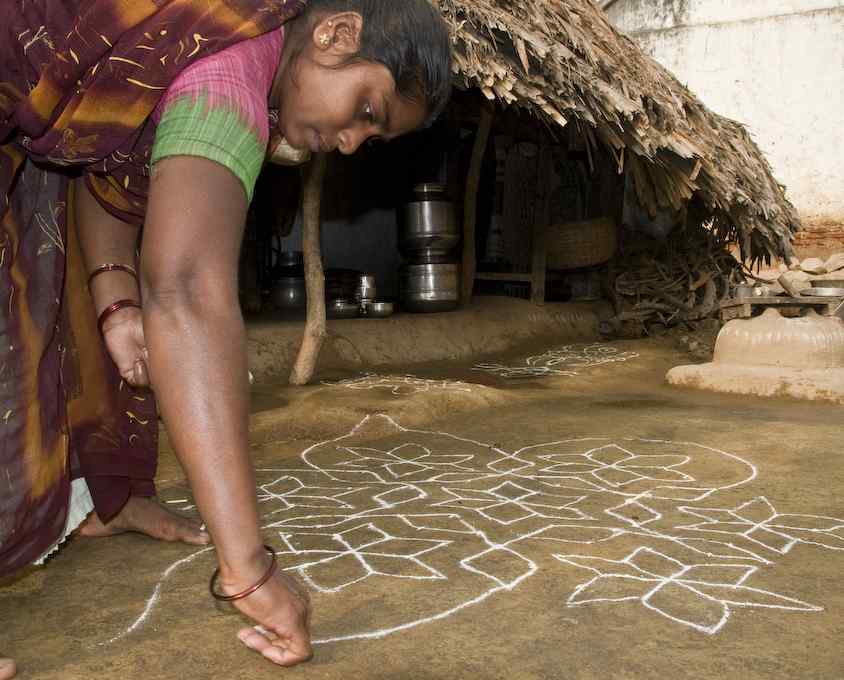Etikoppaka – Touched by the Mahatma
An Indian Village Inspired by Gandhi

Central European University
Etikoppaka is a village with about 12,000 inhabitants in Andhra Pradesh in South-East India, near the city of Visakhapatnam. Mahatma Gandhi visited this village in 1930 at the invitation of his friend, the freedom fighter C.V. Narasimha Raju, who belonged to a family of Etikoppaka’s feudal landlords. C.V.N. Raju understood and accepted Gandhi’s ideal of trusteeship, which the Mahatma (the Great Soul) proposed to the rich; so he founded India’s first sugar cane cooperative, initiating an India-wide movement which made India the largest producer of sugar in the world.
In 1989, one of the descendants of the Raju family, C. V. Raju, founded a new cooperative—Padmavathi Associates to revive a craft for which the village of Etikoppaka was traditionally famous: the manufacture of turned-wood objects coated with vegetable dyes diluted in natural lacquer. Raju’s idea is to preserve traditional village arts and, also, to enable villagers to earn a decent living and arrest their drift to the slum quarters of the nearby metropolis Visakhapatnam to make a living. The cooperative produces exclusively eco-friendly products in an atmosphere that exudes beauty and craftsmanship.
The village also has a milk cooperative, part of the all-India milk cooperative movement founded by another great Gandhian who has rural India, especially its poor, close to his heart, Dr. Kurien Varghese. Dr. Kurien started the milk cooperative movement in the 1960s, in Gujarat state, and the initiative has made India, once largely dependent on food aid programs, the largest milk producer in the world. Besides Gujarat, Andhra Pradesh is the center of the milk cooperative movement and of cattle breeding.
The exhibition introduces this village in its traditional and modern aspects, while also giving the historical background and setting it in the framework of Gandhi’s ideas of trusteeship, village industry, self-reliance, and caring for the poor, as well as Fritz Schumacher’s principle of intermediate technology. Etikoppaka is a traditional picturesque Indian village, similar to the ones Henri Cartier-Bresson photographed some 50 years ago. At the same time, it has a dynamism that can be a model also in East Europe, where village development is one of the most neglected fields.
On display at the exhibition will be still and moving images of Etikoppaka’s agriculture, village industry, and craftsmanship, with special emphasis on the cooperatives. It will also present the everyday life of the village, including the schools, the post office, temples, and devotions. Finally, it will also show the places in the village "touched by the Mahatma". Some of the village’s crafts are on display; the musical background to the exhibition is taken from a concert by C. V. Raju and Sheikh Chennamastan, a Muslim musician singing Hindu devotional songs – an ancient tradition prevalent in villages, towns, and cities throughout India.
Gandhi’s relevant ideas will be presented through citations, as well as being directly illustrated by the material in the exhibition, showing that Gandhian thought cannot be reduced to the principle and practice of passive resistance but is, first of all, realized in everyday life. The message of the exhibition is that the same spirit of frugality, ingenuity, accommodation, and cooperation could also be pursued in other parts of the world.
The Etikoppaka Exhibition is part of the academic conference: GANDHI IN A GLOBALIZED WORLD, December 1-3, held at the Central European University, Budapest, organized by Central European University and the Embassy of India, Hungary.